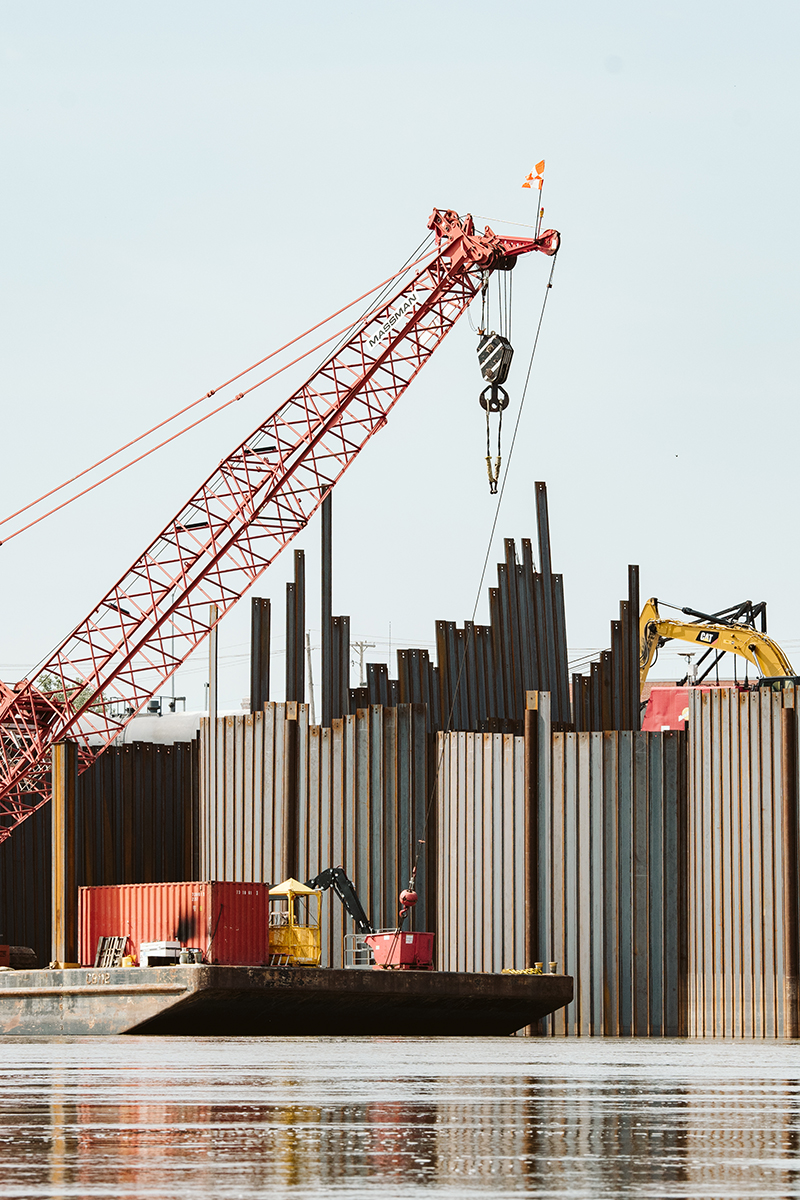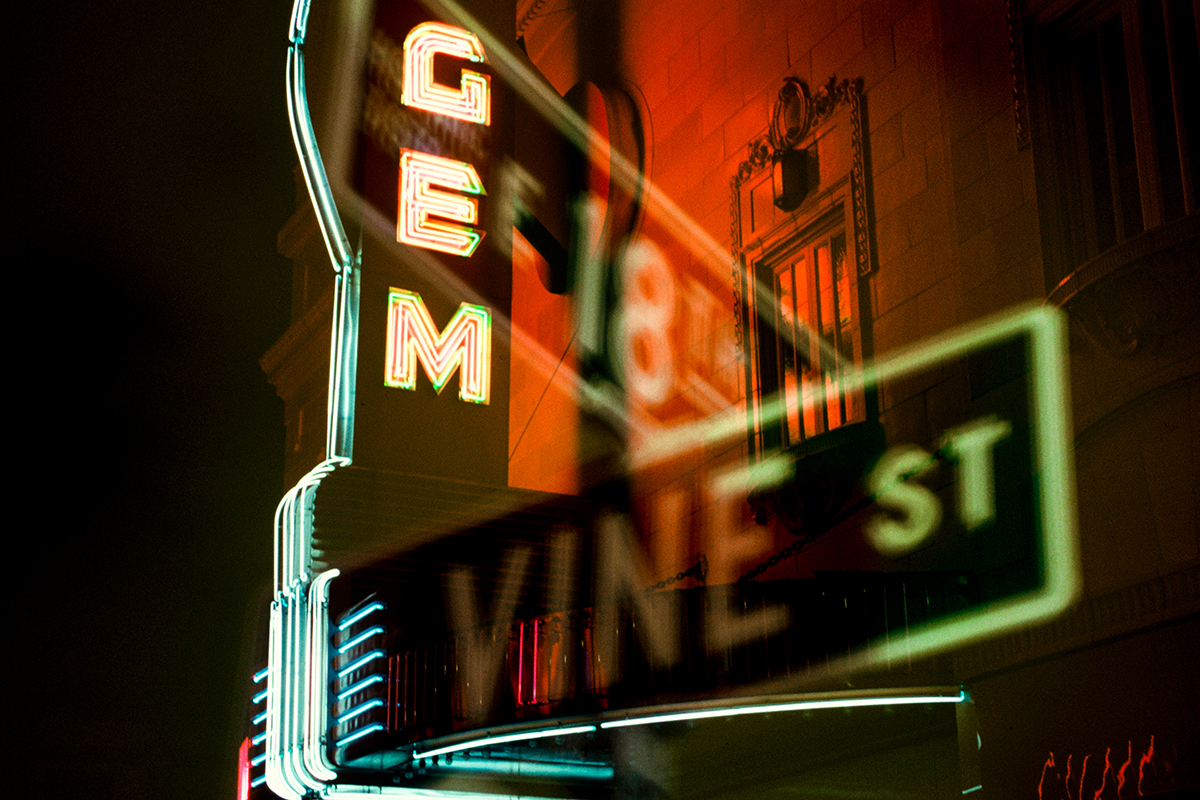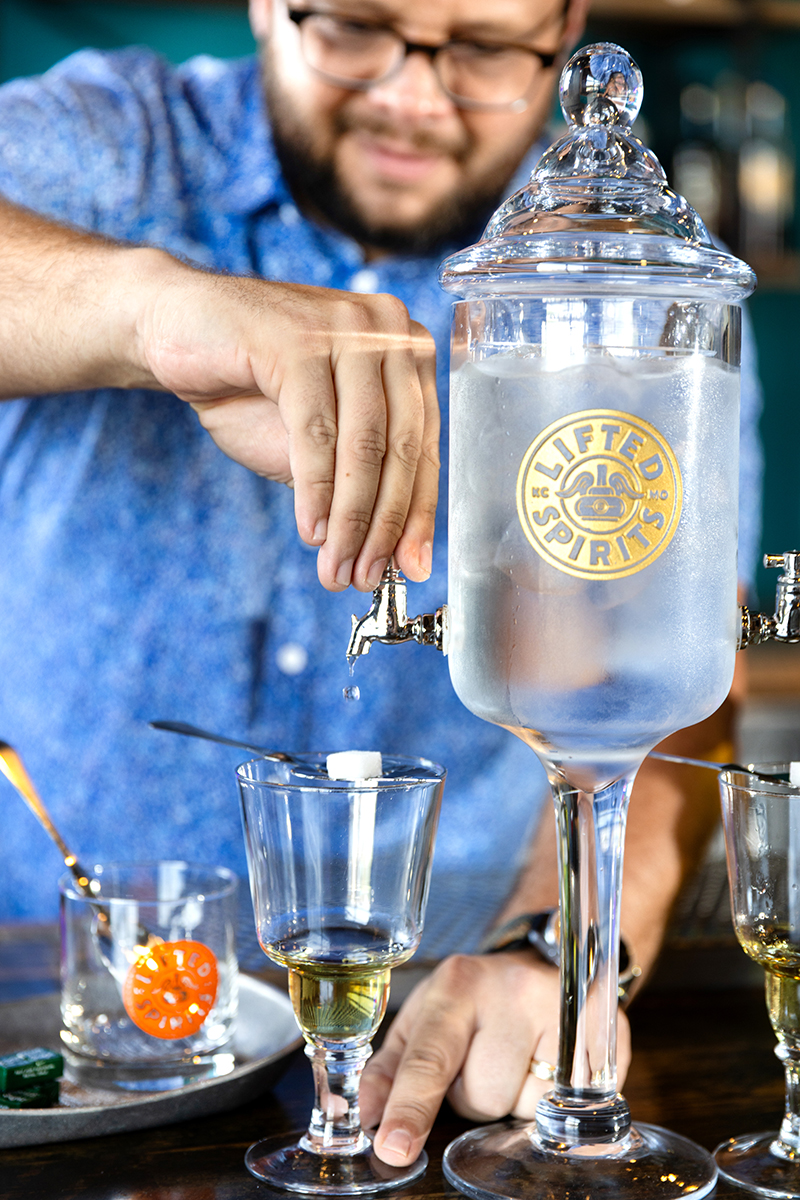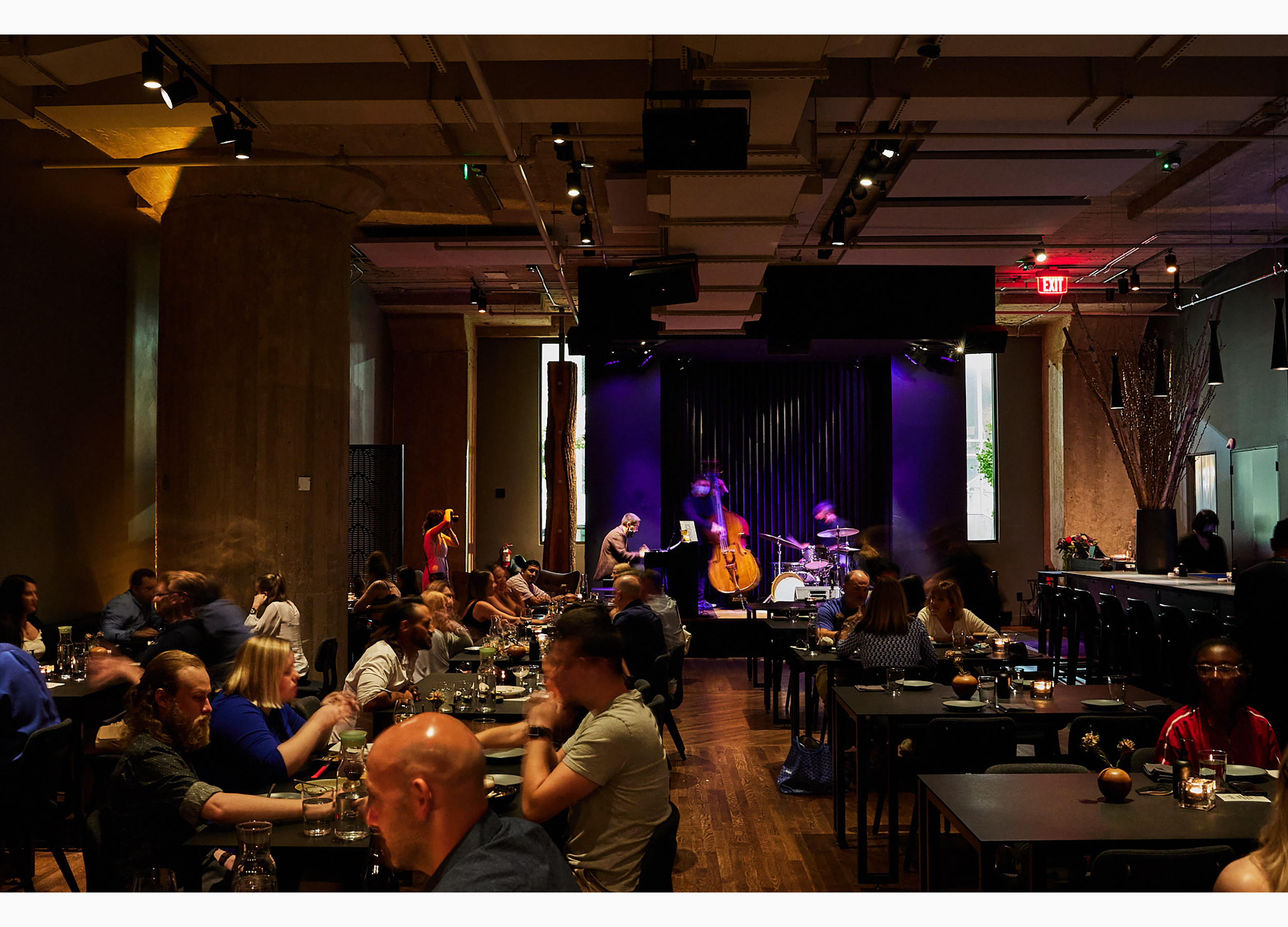Five Years
De Soto, Kansas
If you went to the University of Kansas, chances are you know De Soto as a little oasis of gas stations clinging to K-10 halfway between KC and Lawrence. What is harder to see from the highway is a web of tree-lined streets hiding a series of lovely developments and a golf course that would not look out of place in the heart of Leawood or Overland Park.
Realtor Sara Powell-Moody says De Soto offers a lot of bang for the buck for first-time home buyers. “You’ve got a good school district and nearby amenities,” she says. “Couple that with house prices from $200,000 to $400,000, and it’s only going to get more popular.”
De Soto’s population has grown 165 percent since the last census. Despite this, the cost of living remains low — only 12.6 percent higher than the national average compared to 50.6 percent in Johnson County’s costliest areas. With several sizeable employers, most notably Chinet maker Huhtamaki, De Soto is more self-sufficient than it might appear. That said, its position between Lawrence and Kansas City means you can work in either city if you’re willing to deal with a highway commute. That commute may be well worth it for those who want a larger lot for their home or the opportunity to build a custom home on acres of farmland being sold for housing developments.
Martin City, Missouri
Martin City’s first heyday came in the 1920s, thanks to the Missouri Pacific depot and the fact that, despite prohibition, one could get an illicit beverage at the town pharmacy. Since then, the biggest attraction has been legendary steakhouse Jess & Jim’s, but today, Martin City has even more to offer. Thanks to the arrival of computer security firm Fishtech, the rise of Martin City Brewing Company and other exciting venues, and the elimination of blighted houses around the neighborhood’s edges, Martin City is poised for growth.
Since 2005, the Martin City Community Improvement District has worked with businesses and the city government to further these developments. As a residential area, Martin City boasts schools that carry a B-plus rating from education research website Niche, as well as an average home price of $139,531. Compared to houses just across the state line in Leawood and those further north along Holmes Road, Martin City offers an excellent value.
Realtor Kristin Malfer calls Martin City the “next big thing,” saying it’s perfectly positioned to experience a housing boom. “If the development is done right with lots of walkability and charm, it’s going to attract home buyers,” she says.
Ten-Years
Troost Near 55th Street in Kansas City, Missouri
Thanks to the efforts of the city, community groups and developers, Troost is undergoing a much-anticipated revitalization. It’s a long street, however, so not every part will change at the same rate. The area best positioned to become a top neighborhood in the next 10 years is the one between Rockhurst University and UMKC, bordered by 49th Street to the north and 63rd Street to the south. Rockhurst has identified this as an area of interest for community outreach, and the 49 63 Neighborhood Coalition exists to further bring the area together.
The two universities are key, regardless of what role they take in investing in the area. Their presence ensures a vibrant student population and intensified demand for housing and entertainment. Further, the streetcar line, while not yet extended as far as 55th Street, will reach UMKC, a short walk from this neighborhood. With historic shops renovated or undergoing renovation on both sides of Troost between 55th and 56th Streets and local institutions like Brady’s Public House firmly entrenched nearby, foot traffic is bound to increase.
Gardner, Kansas
Following Interstate 35, Gardner is almost exactly 30 miles from downtown Kansas City. In ten years, that might seem like a quick commute. It’s also close to employers who are located “out south” such as Garmin and Black and Veatch. With Leawood and Overland Park having some of the highest housing costs in the metro and Olathe booming (it was recently ranked number 11 on Money Magazine’s 100 best places to live list) there aren’t a lot of housing bargains left in Johnson County.
This makes Gardner in a position to experience impressive growth. The cost of living is about 13 percent lower than the rest of the county. The city has a B-plus ranked school district, and with larger-than-average lot sizes, this once-rural community is becoming very attractive to families. (The median home price is in the mid-$200,000 range. New construction is starting at $300,000.)
“You are getting so much more home for your dollar,” says realtor Melissa Irish, who lives in Gardner. “You can save $10,000 to $20,000 more for the same home just by driving another five to seven minutes down the road.”
Irish credits city planners for what she calls Gardner’s “thoughtful growth.” In the next 10 years, she predicts the city will retain its country charm but boom with new construction. “Gardner will attract people who want big-city amenities with a small-town feel,” she says.
15 Years
The East Bottoms, Kansas City, Missouri
The East Bottoms was once home to Heim Brewery, one of the largest breweries west of the Mississippi. Heim gave rise to Electric Park — an amenity for its employees and an advertising stunt. It was one of the first amusement parks to feature electrically powered rides and the first to launch fireworks every night before closing. A young Walt Disney visited Electric Park and credited it with some of the design and traditions of Disneyland.
Today, there’s virtually no trace of Electric Park, but that may not be the case in the next 15 years. The founders of Jacob Rieger & Co. distillery, Ryan Maybee and Andy Rieger, are renovating the historic Ferd Heim Bottling Plant in the East Bottoms and establishing it as their new headquarters complete with a visitor’s center and tasting room. The duo envision their distillery energizing the Electric Park area and attracting more companies that will eventually lead to a mixed-use development. Lucy Rieger, brand director at the distillery says, “We call that phase two. The distillery opening is the first step in revitalization and after we get that up and running, we hope to increase our efforts to revitalize the entire neighborhood.”






